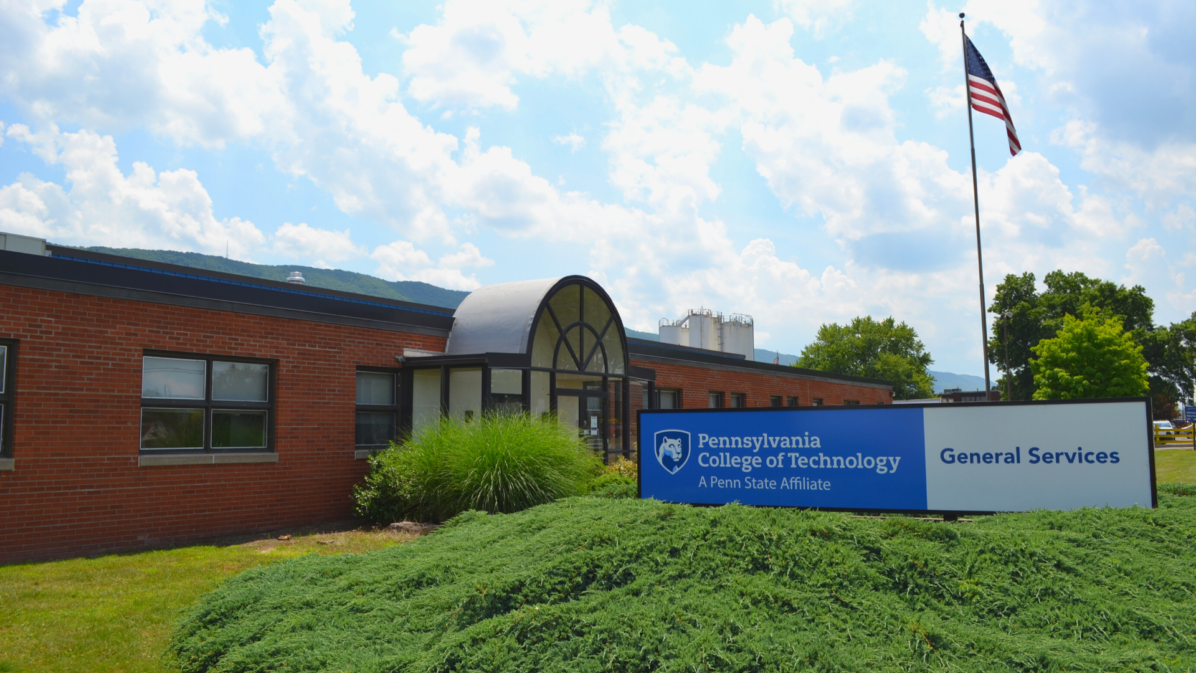

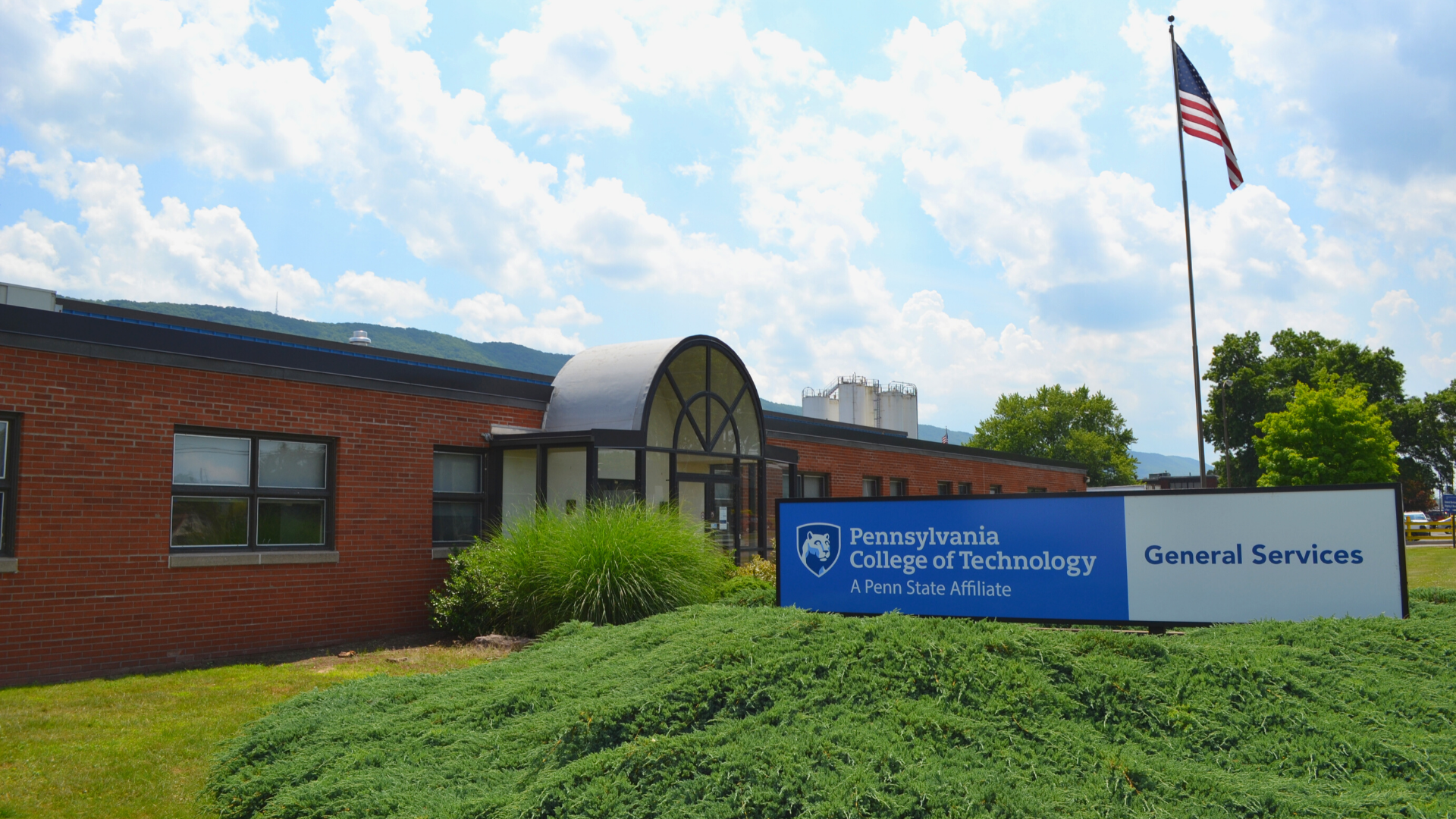
All brick veneered walls and buildings, old and new, are susceptible to deterioration. Exposure to harsh weather, poor construction, and a lack of a complete maintenance plan can lead to failure of any brick veneered structure. The key to staying ahead of the deterioration curve is being able to properly diagnose and understand the visual distress of a building. Once understood, a well thought out preservation plan should be put into action before the conditions turn into a serious issue. The General Service Building is a single-story building located off campus and is utilized as a support facility for the Pennsylvania College of Technology. The building is faced with a red, standard sized, hard fired, clay brick that is laid in a running bond pattern in a grey colored mortar.
The restoration and repairs associated with the General Service Building are focused on the deterioration of the reinforcing tri-wire that was used to tie the backup block to the brick veneer. There are (7) horizontal locations, full length of the building where this condition occurs. Age induced decline and breakdown of the protective coating of the mortar allowed moisture and water to penetrate through the mortar material. Once through, the moisture attacked the metal wire connecting the brick veneer to the backup concrete block. The heavy corrosion of the metal completely separated the entire connection between the two masonry materials. The mortar joints are deteriorated or missing at many other locations where the reinforcing wire is located. You can see the physical delamination and rusted connections from the exterior side of the veneer. The problem with the connections is the wire is completely rusted and the connection is lost between the two wall units. Prior to the repairs the brick was free standing in a vertical state, with minimal anchorage between the brick and block backup walls.
The Witmer Group Corrective Actions-
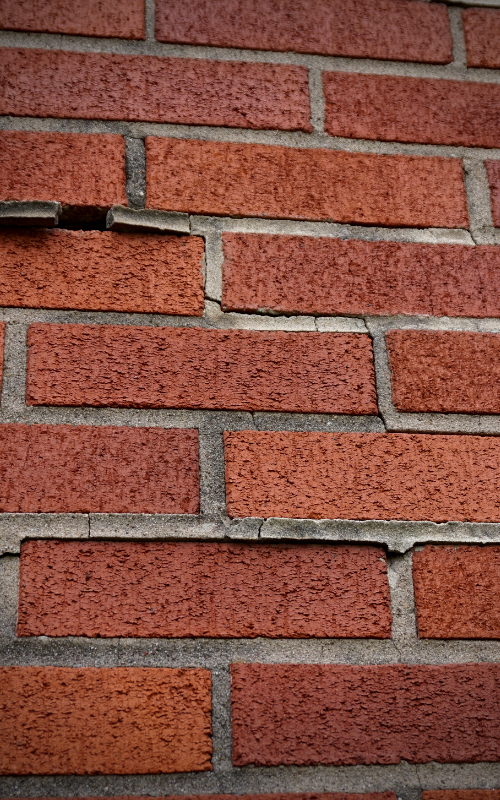
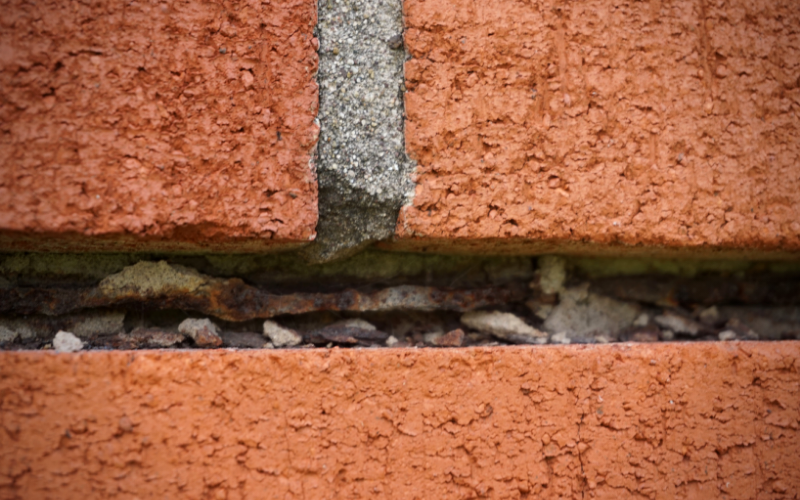
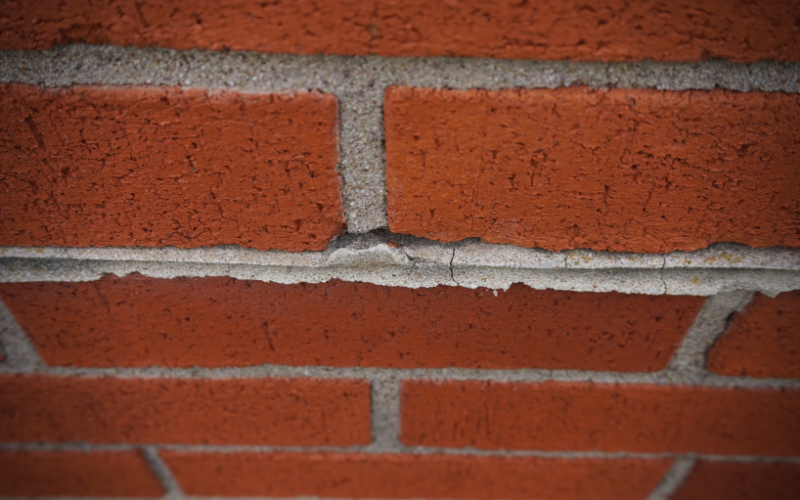
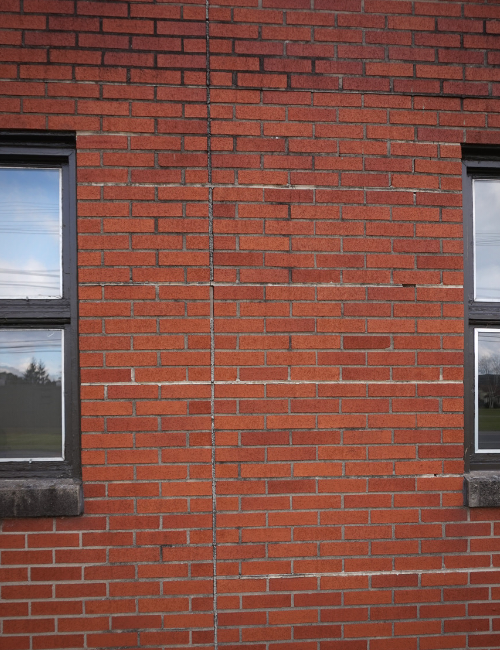
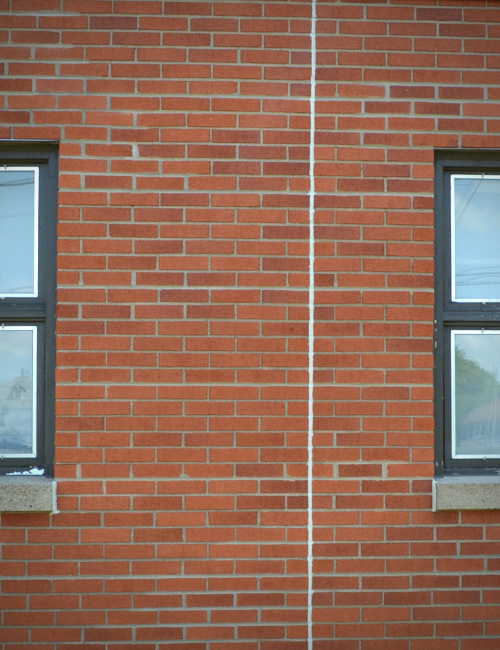
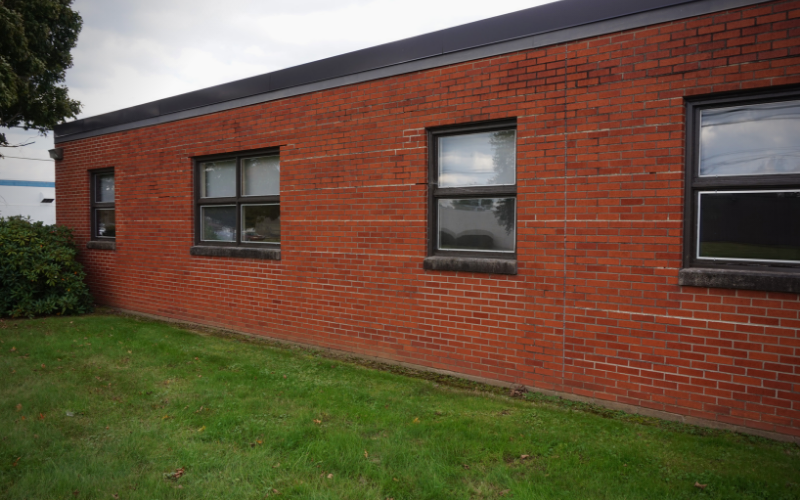
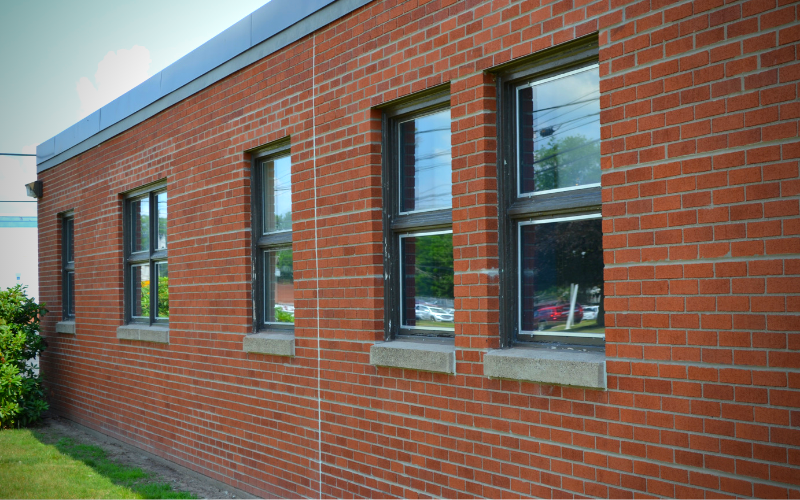

© Witmer Group 2025 All Rights Reserved. | Site Map | Privacy Policy